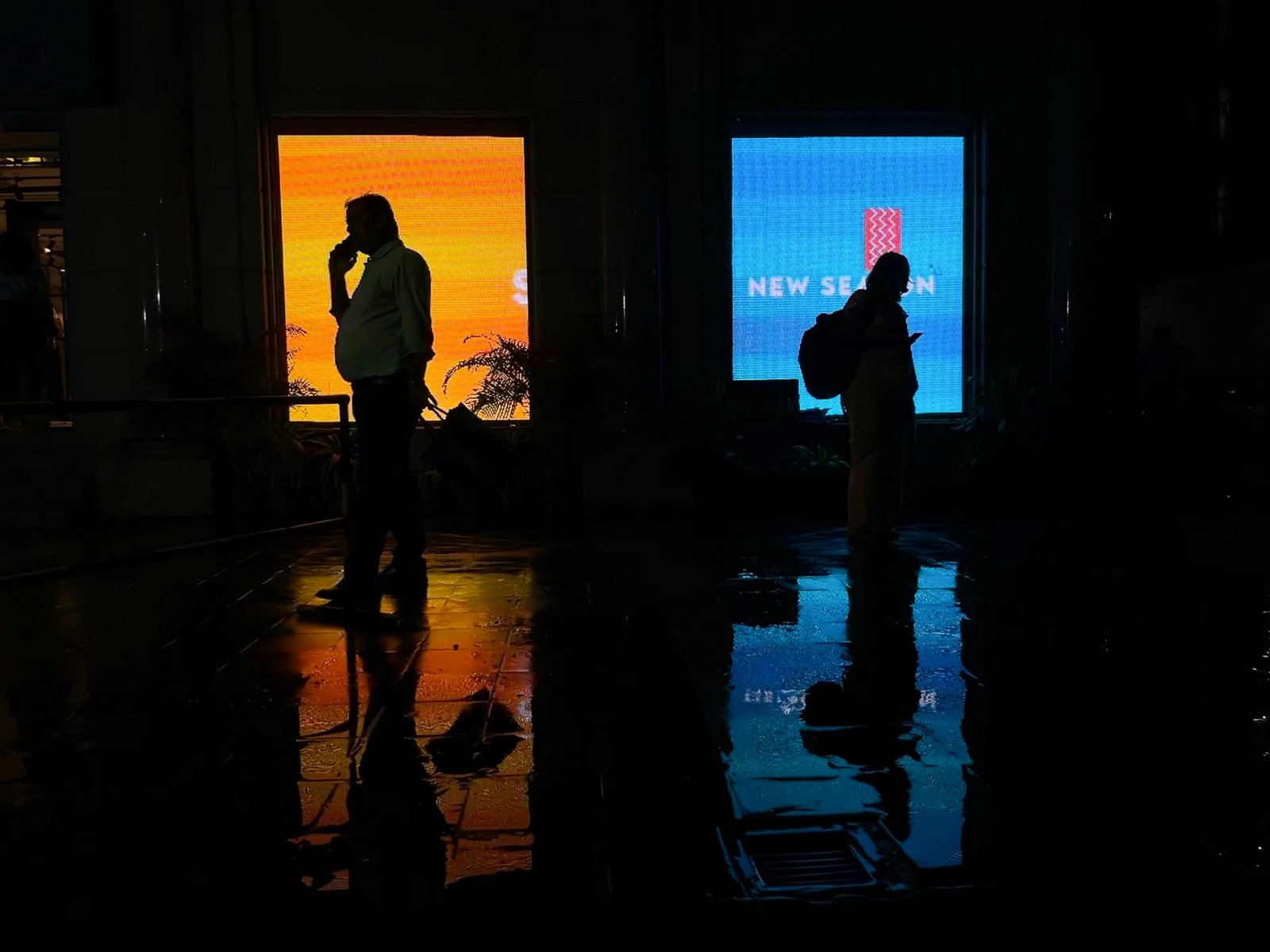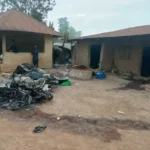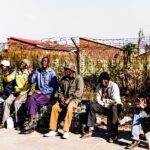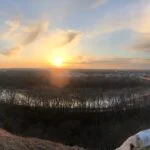- Unbreaking The News
- Work
- Life
- Lifestyle
- HumanityDiscover the latest trends, style tips, and fashion news from around the world. From runway highlights to everyday looks, explore everything you need to stay stylish and on-trend.
- Mental HealthStay informed about health and wellness with expert advice, fitness tips, and the latest medical breakthroughs. Your guide to a healthier and happier life.
- Science & Tech
- Literature
- About Us
- Unbreaking The News
- Work
- Life
- Lifestyle
- HumanityDiscover the latest trends, style tips, and fashion news from around the world. From runway highlights to everyday looks, explore everything you need to stay stylish and on-trend.
- Mental HealthStay informed about health and wellness with expert advice, fitness tips, and the latest medical breakthroughs. Your guide to a healthier and happier life.
- Science & Tech
- Literature
- About Us
Now Reading: Urban Puberty
-
01
Urban Puberty
- Unbreaking The News
- Work
- Life
- Lifestyle
- HumanityDiscover the latest trends, style tips, and fashion news from around the world. From runway highlights to everyday looks, explore everything you need to stay stylish and on-trend.
- Mental HealthStay informed about health and wellness with expert advice, fitness tips, and the latest medical breakthroughs. Your guide to a healthier and happier life.
- Science & Tech
- Literature
- About Us
Urban Puberty
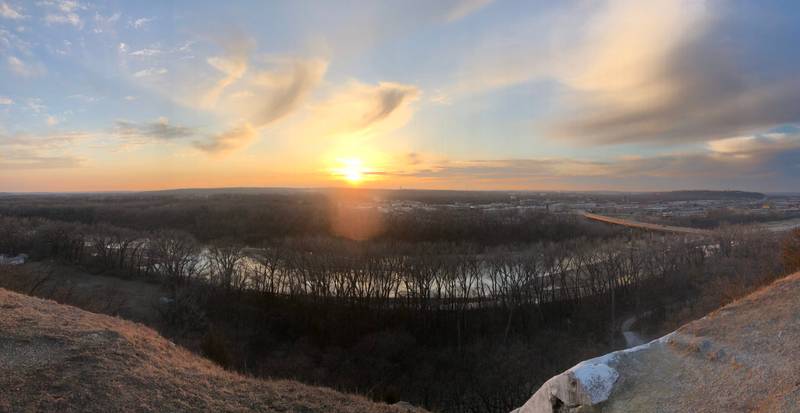
When I was 15, my family moved back from the rural Kansas countryside closer to my hometown of Manhattan, Kansas.
Yes, I was born in Manhattan, Kansas. I was raised, however, 30 minutes east out into the countryside of Pottawatomie County. The first 15 years of my life were spent on several acres of land that would be considered a nontraditional homestead to urbanites, but was really just a simple house with a lot of land to roam.
At an already dynamic age, the Uhmerican Male Teen Years, we relocated closer to Manhattan, to just outside the city limits as they stood at the time. The cultural shock was rivaled in chaotic effect only by puberty.
On a map, it was only a few miles or minutes away. But moving from the open and free prairies of my youth to the confined urban landscape changed my perception of the world. In the country, I felt I was making my own way and learning my own lessons about life.
Urban living served lessons more about how to survive in an impolite society — surviving in a manner that was interpersonal, rather than independent, as rural living provided.
Urbanization is a nationwide trend in the US where people migrate from a rural living situation to an urban one. People raised in the uncrowded country way of life take it upon themselves to seek new opportunities available in a city setting such as employment, education, and life experience.
Phased burns and other rural milestones
Growing up in the countryside of Pottawatomie County, I knew I was being raised in a different way of life from that of my school friends who lived in the town of Manhattan. Our family had chores, a horse, and an hour commute before and after school on the bus.
When our neighbors needed help around the house, it wasn’t just to help with mowing the lawn or fetching their mail. We often were volunteered by our parents to help harvest crops, maintain livestock, and any number of other rural-specific jobs that my urban classmates never had the opportunity to enjoy. Or whole-heartedly abhor.
(Image courtesy of Jeromey Balderrama via Unsplash)
In Kansas, phased burns are an annual aspect of life. Farm and grasslands, which may have sat dormant all year, are burned off in a controlled manner every spring, killing off detritus of the previous year and clearing the way for new growth. As a child, these spring months were often filled with roiling clouds of smoke across the skylines in all directions, with the occasional wails of fire truck sirens when a farmer’s phased burn passed control.
My first piece of farm equipment with which I became proficient was a Heckendorn lawn mower. This lawn mower brand was created in Kansas, provided industrial-grade landscaping equipment, and required OSHA training to operate. The model I operated had a 6’ cutting span, a 3’-wide steering bar, and manual transmission.
By the time I was 12, I could navigate the Heckendorn around our rural property as part of my weekly chore regimen. I would wake up on Saturday mornings — or afternoons if I was lucky – to grab my latest literary selection and retire to the sweaty mechanical noise of the lawn mower for the better part of the day. Our more rural neighbors likely thought it odd that a child was reading a book while mowing acreage.
Westward down Highway 24, or down I-70, from where I was raised sits Fort Riley, America’s staging point for every major deployment in our nation’s history. What used to be family farmland, subject to imminent domain in pre-WWII America, is now part of a large ordnance range on the army post. Growing up, anyone within 50 miles of the post knew when the army personnel were practicing with live ordnance, as the concussions from the explosions radiated outward across the plains like orchestrated thunder.
On a smoke-filled day in the heartland, operating a lawn mower the size of a piece of construction equipment, perhaps reading Twain, Steinbeck, or Crichton, with the controlled burns scalding the land and the army practicing war down the road, one could not help but feel they were being raised for some kind of fight.
(Image “Smoke Filled Manhattan, Kansas” courtesy of the writer, 2025)
Summer in the city
By my teens, things in the family changed. My grandparents, who were our closest neighbors, were getting a divorce. My father, who had taken over the family business, was moving up in his industry and wanted to be closer to work. My mother, adoring as she always will be of rural Americana, wanted her children to have the “better opportunities” urban life could provide.
So, during the summer between my 8th grade and freshman year of high school, we moved. The new house sat just on the outskirts of town, technically outside the city limits. Still, the change also paired with a change of perspective for me personally. While we were transitioning literally from rural to urban life as a family, I was transitioning internally.
As time passes
My grade school education was at the local private Catholic school. Now, I would be attending the town’s only high school; a public amalgamation of all local middle school classes. I was tired of being the so-called “smart kid” or “gifted kid” or even just different. I wanted to fit in.
So, I started playing high school football. I figured anyone who could play football would fit in, and maybe I could even get a girlfriend out of the deal. While my grades did not suffer like so many students adapting to puberty and public school, my personality changed. I started to care how I dressed, how I presented myself, and how I was perceived.
At 15, I had a State of Kansas Learner’s Permit. Even though my address was still technically outside of city limits, I had the legal right to drive a car to work and to school. I began to stay out late on the weekends. I began to discuss ideas about my upbringing and its dynamism with my new life. My friends were inevitably going to change, as well as my life in general, but now that I could drive into town on my own, I could be anywhere in town in minutes.
Puberty being as difficult for anyone as it surely is, I apparently welcomed the eclectic adjustments to my lifestyle that our family’s urbanization allowed. Parties were fun, even if consisting only of a few vehicles around a bonfire. Manhattan, Kansas, is surely still rural today by most standards.
Chasing glory
By sophomore year of high school, our varsity-level football team had made the playoffs, and I was invited by the varsity coaches to practice on the scout team — the group of players who imitate the next week’s opponents in order to prepare our starters for the game. As an immature, arrogant, oafish sophomore, I welcomed the opportunity to stand out among my peers, to prove myself to my betters, and potentially impress next year’s coaches.
With the postseason success of the Manhattan High School Indian Varsity Football team, my social life found a new, and unmanageable level of success as well. By the end of the 2001 Kansas State 6A football season, our varsity program was state runners-up by a rather large margin and I was officially a cool kid for the first time.
Junior year, 2001-2002, we were living in a post-9/11 America. As students, we did what was expected of us. We went to school, played sports, partied on the weekends (at least), and got ready for college. President Bush told us to keep spending money, so anyone who had any did just that. Having been raised in the war zone of Manhattan, Kansas, many of us were initially fully gung ho about shipping off to war. Time proves fools of us all.
Navigating the sprawl of life
After four years of urban living in Manhattan, I enrolled in Kansas State University, my hometown university. After completing a bachelor’s degree in political science, I took the first job I could find to take me out of Kansas. I ended up in New Jersey, then Southern California, and many places in between in the years since. Talk about cultural shifts.
Manhattan, Kansas, is a joke relative to Manhattan, New York, or even Manhattan, New Jersey, at least with regard to any concept of urbanity. The East Coast Megalopolis was outdone in scale and effect only a year later by the suburban sprawl which was San Diego and SoCal in 2010. But urban areas only appear to expand.
Urban sprawl, like so many man-made realities, is by definition intended to expand. Today’s urban world constantly requires more. More information, more wealth, more labor; more and more. Each of these components of urbanization requires continual renewal through precious and limited resources like water, energy, and space. The sprawl continues seemingly unabated from coast to coast.
While my rural upbringing is in the past, lessons of that phase linger. I work hard at my goals, I make an extra effort in the task at hand, and I go out of my way to help others. While I am sure these lessons are learned in urban areas as well, my life since leaving the country feels like it has sped up incrementally over the years.
The balm of calm
This acceleration is likely due to a variety of factors both internal and external, but in the midst of change, I find a sense of calm in recalling the countryside. Out there, you can get away from the speed, stress, and conflicts of everything urban, even if only for an hour. All that subsides in the country, or is at least replaced by the more familiar aspects of the life of my youth.
Wide-open plains, shifting winds, warm open sunlight — the peace of mind eases my troubles like nothing else does.
(Image “Prairie Home 2017” courtesy of writer)
Justin Briggs
Writer Justin H. Briggs is the author of “Insanity Comes To Mind: A Memoir On Mental Health.” His lived experiences include schizoaffective bipolar disorder, information technology, library and information sciences and politics of all kinds. He is a good writer working at being great.
Stay Informed With the Latest & Most Important News
Previous Post
Next Post
Editorial2 days ago
Tick, Talk
Editorial5 days ago
Urban Puberty













